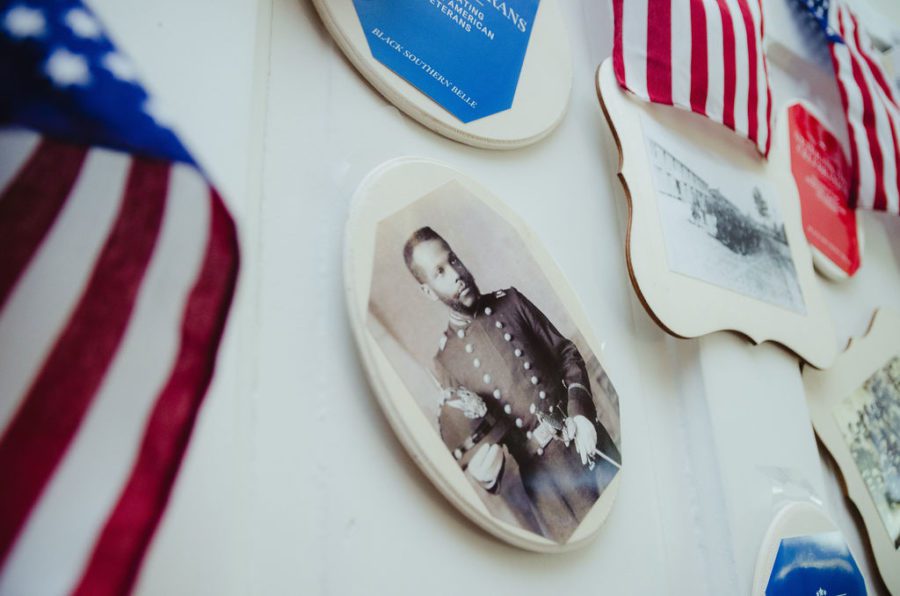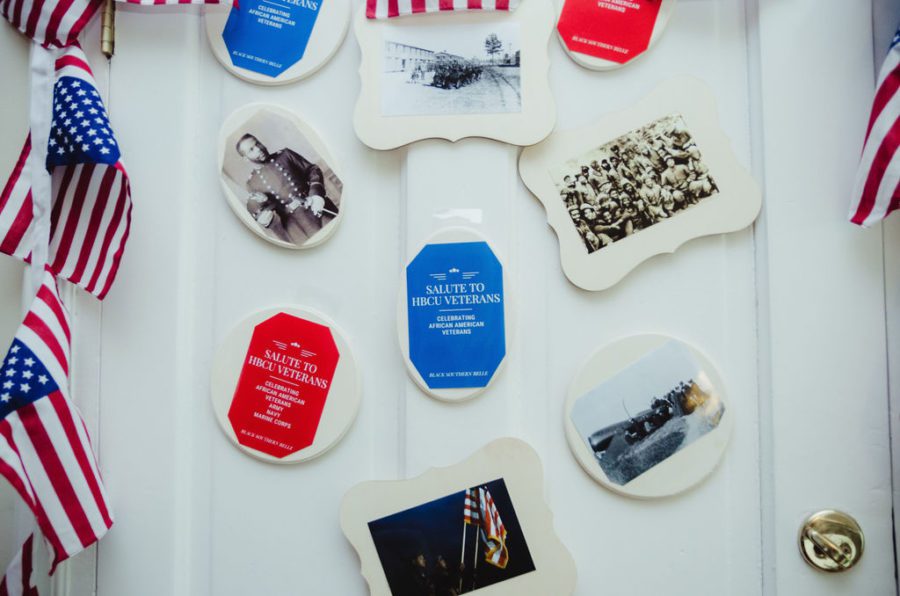
Memorial Day is 50 years old. In 1971, Congress declared Memorial Day a national holiday to be observed the last Monday in May. It is a federal holiday, honoring and mourning the military personnel who have died in the performance of their military duties while serving in the United States Armed Forces (Army, Navy, Marines, Air Force, Coast Guard). From 1868 to 1970, it was observed on May 30.
Of all of the federal holidays that are observed, Memorial Day is the most controversial in terms of the details of its founding. The original intention of Decoration Day was to honor the Civil War dead. Some 25 places claim to have originated the holiday, which is observed (never celebrated) somberly and soberly with volunteer organizations placing flowers and flags on the graves of veterans who died in the line of service. Despite the various claims, there is not one indisputable founder of Memorial (Decoration) Day. However, there is one story few know or discuss to credit as one of the first (unofficial) ceremonies to honor slain veterans of the Civil War.
The story begins where the Civil War began, in Charleston, South Carolina, at the Washington Race Course and Jockey Club. Towards the end of the Civil War, the Confederate army turned the club’s grounds into a prison for Union captives. Approximately 260 Union soldiers died while interned as prisoners of war, and buried in a mass grave on the site. Local formerly enslaved men and women exhumed the bodies and prepared them for a proper burial in an allotted cemetery space with an archway bearing the inscription, “Martyrs of the Race Course.”

On May 1, 1865, thousands of Black church people and schoolchildren with white missionaries gathered together for a parade and ceremony that included the singing of hymns, preaching and speeches by former soldiers. The day ended with a picnic. All events were reported in the Charleston Courier newspaper and in the New York Herald Tribune.
According to History.com, “In time, the old horse track and country club were torn down, and thanks to a gift from a wealthy Northern patron, the Union soldiers’ graves were moved from the humble white-fenced graveyard in Charleston to the Beaufort National Cemetery.”
Yale Historian David Blight has long contended that this is the first Decoration Day observance though his claims are not substantiated. If it is not the first, then it is most certainly one of the earliest. And it is most certainly one of the most important and touching as it demonstrates the gratitude of newly freed people in the form of a lasting tribute.



